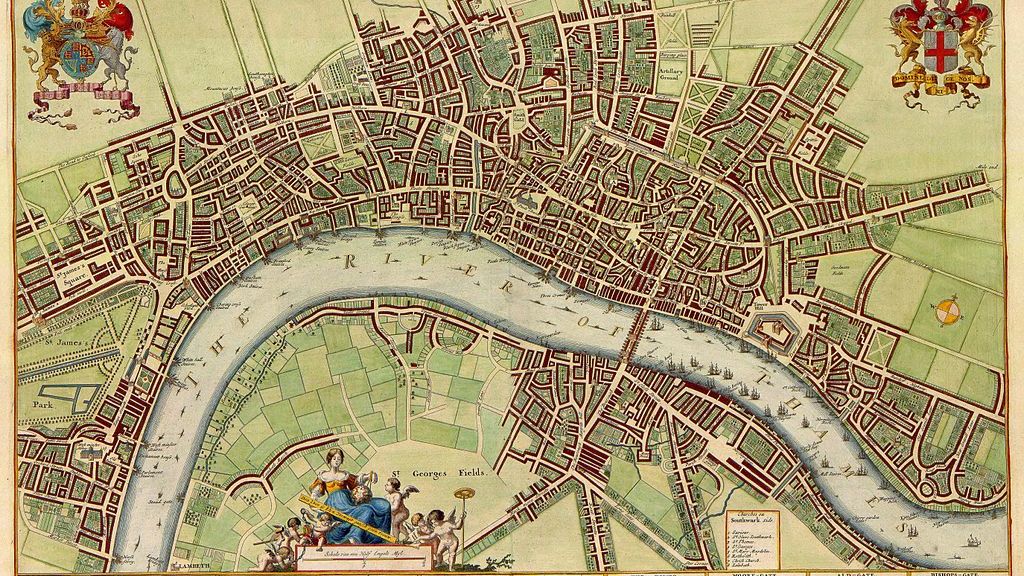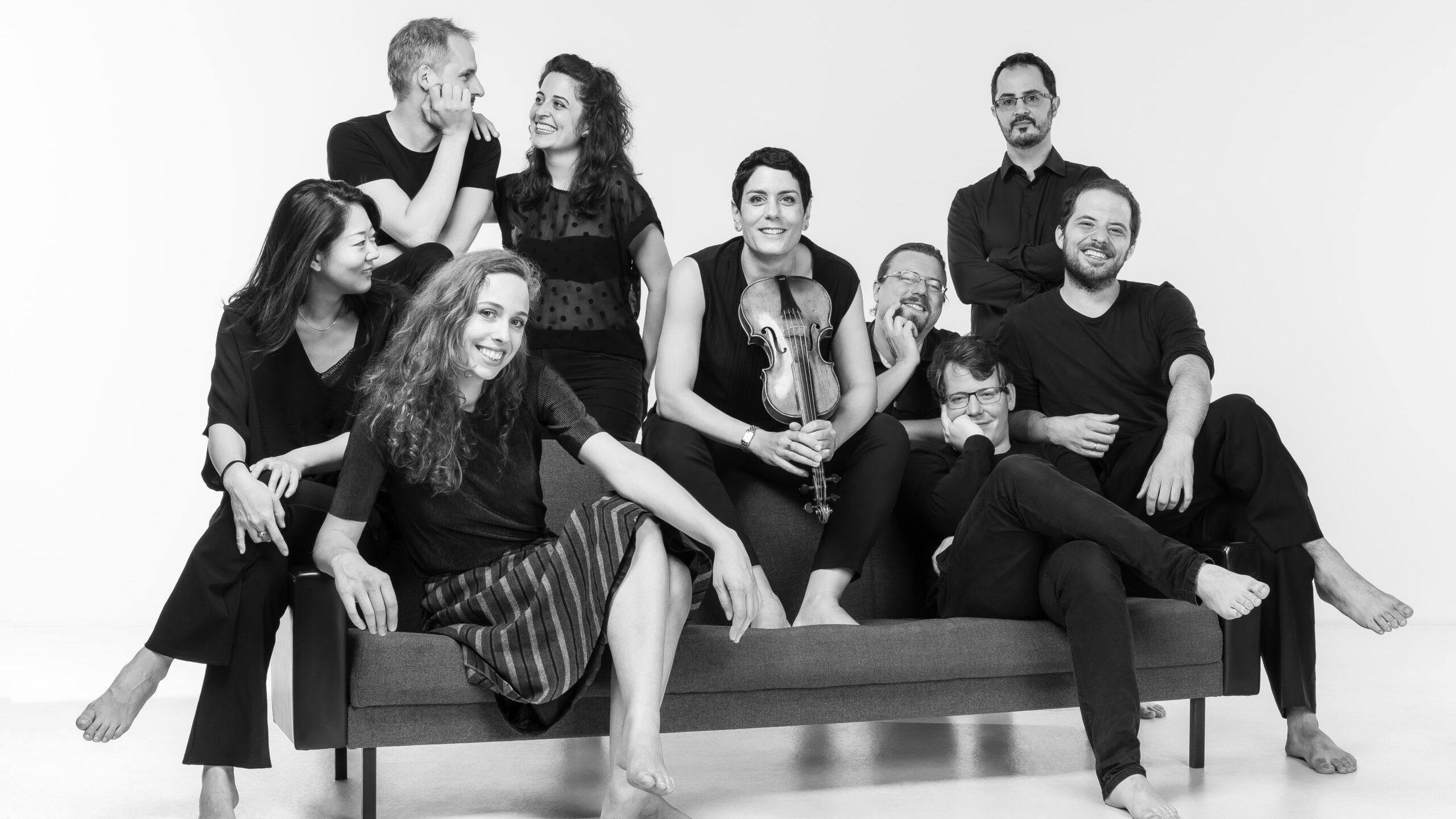Purcell’s Three Fantasias in Four Parts (Nos. 10-12): Jordi Savall, Hespèrion XX
In the summer of 1680, five years before the birth of J.S. Bach, the twenty-one year old Henry Purcell composed a collection of fifteen Fantasias for the Viols. At the time, viol consort music was falling out of fashion. The Fantasias received little attention and remained unpublished until 1927. Now, these brief and sublime studies in polyphony, scored for between three and seven voices, are considered to be precursors to Bach’s Musical …







